SCHRACK Fibre optic cables
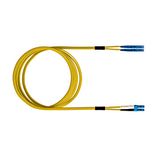

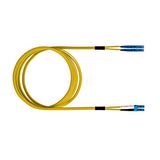
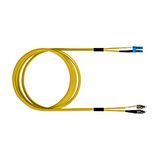
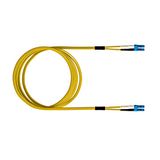
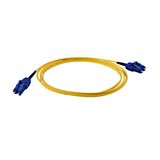
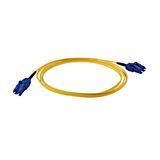


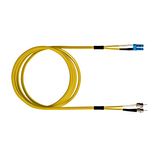
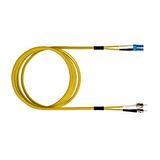
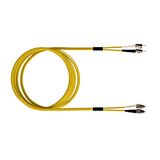
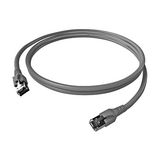
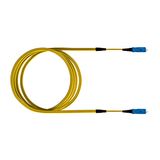


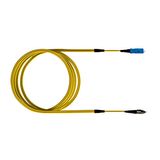

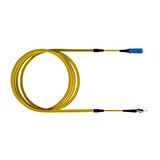
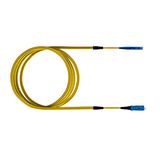
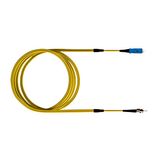
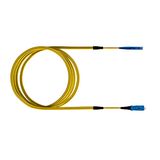
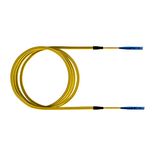
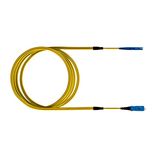
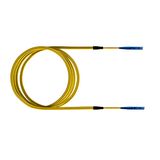
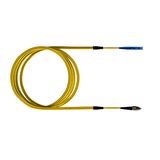
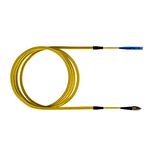
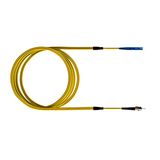


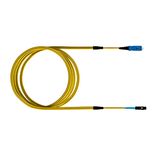


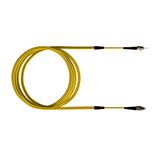

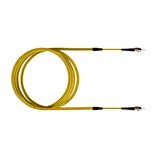
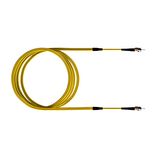

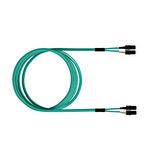


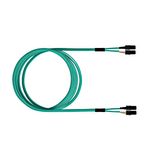



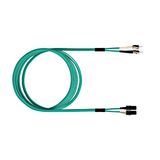
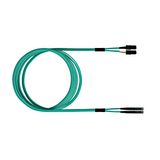
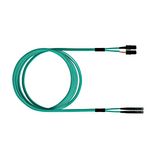
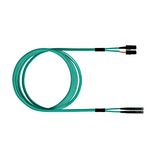
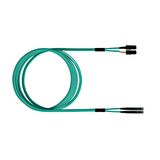
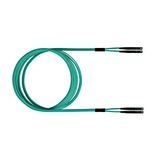
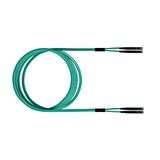
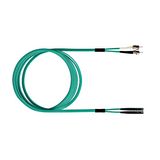
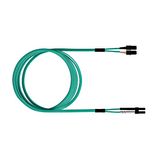
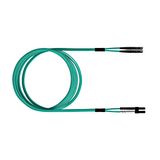
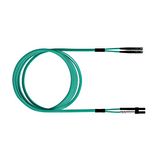
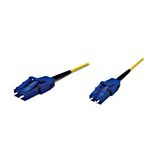
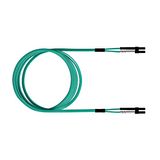
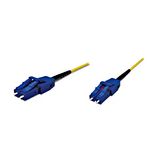
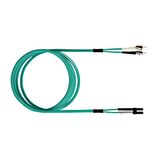
schrack fibre optic cables for campus and plant networks
Specified where EMI, ground loops, and long risers make copper risky, this portfolio covers tight-buffered indoor, loose-tube gel-free for tray/duct/campus, breakout for direct termination, and armored variants for exposed routes. CPR classes span Eca…B2ca with s/d/a indices printed on the sheath; jackets are LSZH for occupied areas and UV-stable PE outdoors. Bend-insensitive cores keep performance stable in doors and swing-frames; factory pre-terminated trunks compress shutdown windows and keep loss budgets predictable.
schrack singlemode fibre classes and use cases
OS2 G.652.D is the baseline for long reach; G.657.A1/A2 adds bend performance for dense doors and overheads. Typical attenuation ≈0.34 dB/km @1310 nm and ≈0.22 dB/km @1550 nm (make-dependent). Use for campus spines, utility corridors, and high-availability rings tying PLC networks, historians, and building cores. Connectorization focuses on LC for density, SC for legacy plants, and MTP trunks for high-count frames with cassette breakouts.
schrack multimode fiber performance and distances
OM3/OM4/OM5 serve short-reach 10/25/40 Gb links in control rooms and IDFs. EMB targets (typ.): OM3 ≥2000, OM4 ≥4700 MHz·km @850 nm; OM5 supports SWDM where port counts are tight. Tight-buffered 900 µm fibers accelerate field termination; fusion-spliced pigtails keep joint losses around 0.1–0.2 dB when procedures are followed. For camera-rich areas and vision cells, multimode keeps transceiver costs down while meeting latency budgets.
schrack optical backbone architecture and CPR
Design dual-homed rings or “H” spines with diverse routing. Keep splice trays centralized; reserve slack managers at both ends. CPR selection follows route: B2ca-s1a-d0-a1 for egress shafts and public risers; Cca/Dca for plant corridors as allowed. Where metallic strength or armor is used, bond it per panel rules while keeping the optical path electrically isolated.
schrack fiber patch cords terminations and handling
LC-LC/LC-SC jumpers ship in LSZH with short boots for shallow doors; UPC is standard (return loss ≥50 dB), APC for FTTx or high-reflex paths (≥60 dB). Color coding mirrors ISO/IEC practice (aqua OM3, violet OM4/OM5, yellow OS2). Use one cleaning step per mating—inspect, clean, inspect—to avoid mystery dB losses. Document polarity (A-to-B) and cassette mapping; label both ends with rack-U/port to halve fault-finding time.
Schrack connectivity with racks, trays, and enclosures
Adapter plates, splice cassettes, and patch managers match the 19″ geometry and earthing studs used in the brand’s enclosures. Dielectric fibers break ground paths between machine islands; metallic armor bonds at the gland plate with EMC hardware. Tray drop “waterfalls” preserve bend radii; floor boxes and consolidation points share numbering templates with power boards, keeping documentation uniform cabinet-to-room.
Schrack selection criteria for B2B engineers
- Traffic/reach: OS2 for campus cores; OM4 for ≤150 m high-density rooms.
- Environment: LSZH + CPR B2ca/Cca in occupied routes; PE/UV outdoors; corrugated/steel tape armor where impact or rodents are a risk.
- Bend regime: choose G.657.A1/A2 where doors/drawers force tight loops.
- Loss budget: connector type (UPC/APC), splice count, and panel hops aligned with transceiver specs; write targets on the drawings.
- Service model: pre-terminated trunks for short shutdowns; spare cassettes and jumpers per rack for first-fix agility.
Procurement and kitting with Schrack cabling kits
Build route-based kits: trunk type/length, cassettes/adapter plates, patch panel, splice trays/pigtails, slack managers, labels, and cleaning tools. Add pulling eyes, lubricants, and breakaway swivels for long conduits; specify gland types (standard/EMC) by panel. Meter-marking and DoP codes on the cable simplify CPR audits and stock rotation.
Technical specifications installers expect from Schrack
Cables per IEC 60793/60794; structured cabling per ISO/IEC 11801-1 / EN 50173. Insertion loss targets: ≤0.3 dB/connector (UPC/APC by family); return loss ≥50 dB (UPC), ≥60 dB (APC). Pull ratings and crush resistance declared per construction; minimum bend radius ≥10× OD static (lower on G.657 types), larger during pulls. Fire/low-emission: IEC 60332-1/-3, IEC 61034, IEC 60754 with CPR class printed on the sheath.
Applications with Schrack networks in mixed-EMI plants
Control rooms and MES/SCADA backbones standardize SFP/SFP+ optics over OS2; machine vision hops to OM4 inside cells and OS2 between halls. Outdoor conveyors use armored OS2 in tray; freezer corridors rely on tight-buffered indoor/outdoor with cold-rated jackets. Where drives and welders live, fiber avoids ground loops and keeps counters on switches flat.
Advantages of working with Bankoflamps
You receive project-specific pricing tied to your cable schedule, live EU stock visibility before installers are booked, and quick quotes—typically near the one-hour mark. Orders by EAN/MPN prevent variant drift; your portal shows lead times, shipment status, and downloadable price lists. Approved partners can use post-payment up to 30 days. We consolidate partials to cut freight and keep price-validity windows so phased works stay predictable. Our team checks CPR class, fiber counts, connector style, polarity maps, bend-radius rules, and rack kits against your drawings so reels and trays arrive site-ready.